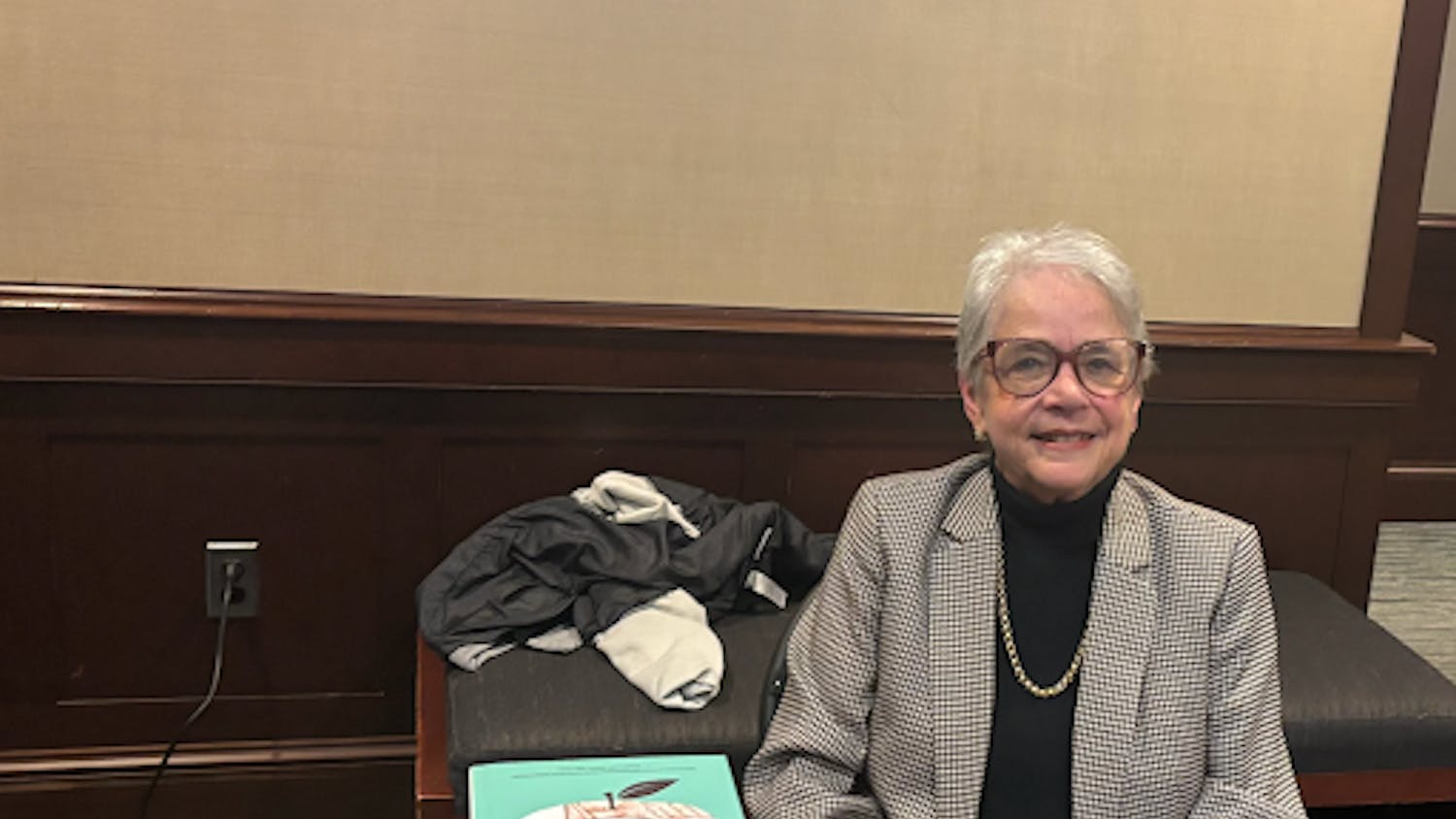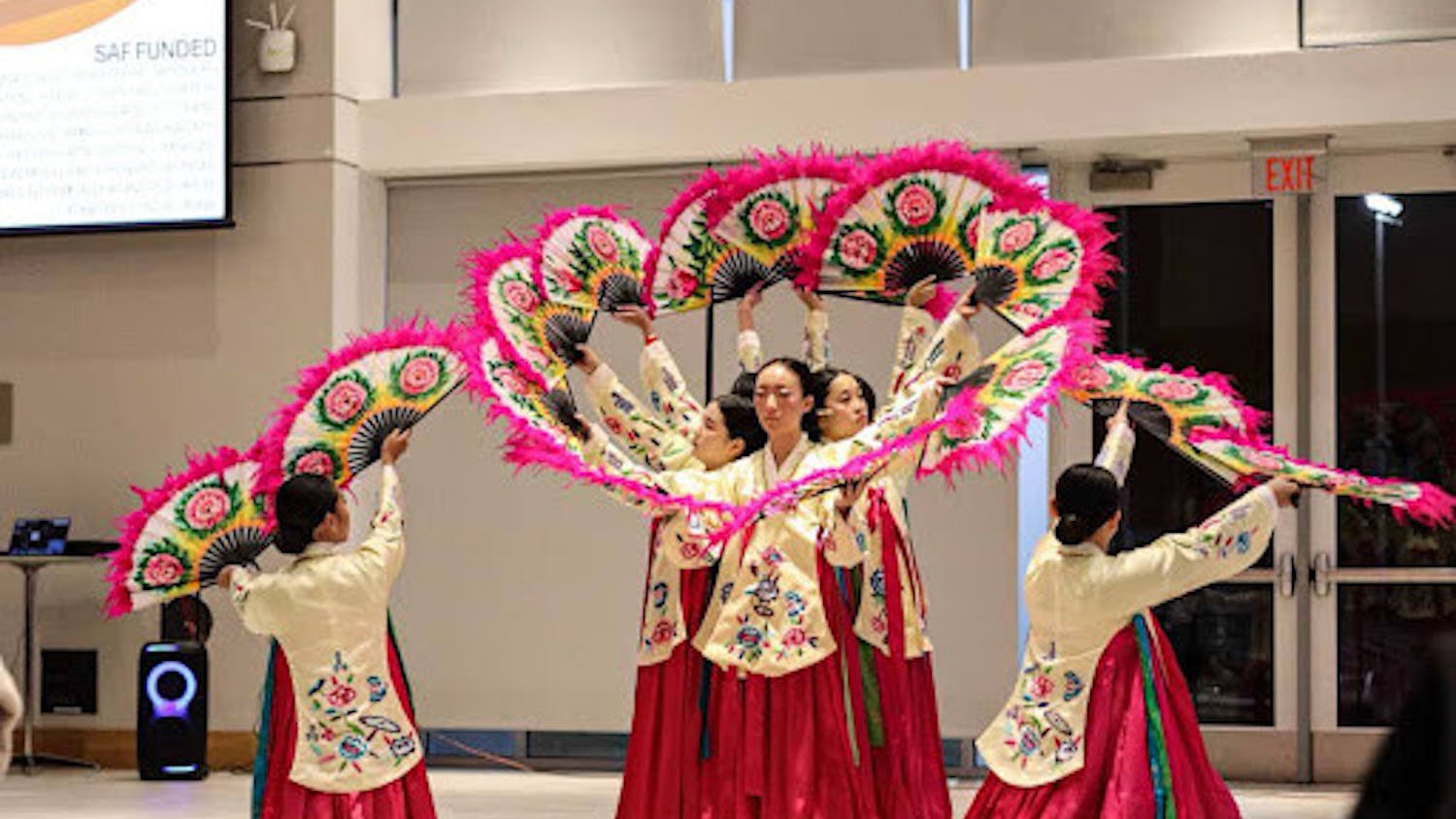When this semester began, there was a lot of commotion and confusion in regard to class transformations and meal plans. Another big change, however, occurred at the end of the Spring 2004 semester that affects just about every club, organization and student on campus. This change is the Student Finance Board's new budgeting plan.
SFB receives the Student Activities Fund (SAF), which is a part of tuition every year, to allocate to different clubs and organizations on campus. According to SFB Chairperson Craig Gross, this is typically about $123 a year per student. This adds up to approximately $650,000 to be allocated to clubs and organizations on campus.
According to Gross, most of this money - about 80 percent of it - goes towards on-campus programs such as concerts, publications and events on campus, to which every student has access. This also includes clubs and organizations that are open to all students. Closed organizations such as varsity sports and honors societies aren't included because not all students can be a part of them.
The remaining 20 percent of the money is split up between services such as the Women's Center, conferences attended by organizations, the Loop Bus, and miscellaneous costs such as equipment.
Despite this seemingly large amount of money that is set aside for clubs, SFB has cut base budgets this year. In lieu of large base budgets, SFB has opted to have only what is absolutely necessary for an organization to exist in student organizations' budgets. To attain funds to cover events that come up throughout the year, the organizations must then request money out of the Special Appropriations line at SFB meetings.
This is much different from SFB budgeting in the past, when SFB would give organizations a base budget that would cover most events throughout the year. The organizations would only have to ask for special appropriations for additional events that weren' t regularly scheduled to occur every year.
However, last year SFB realized this plan wasn't the most effective for making the money accessible to organizations.
"We found in past years that organizations aren't spending everything in their base budget," Gross said.
When this would occur, SFB would absorb the leftover funds - excluding money organizations made through fundraising - at the end of the school year. But until then, other organizations that needed the funds wouldn't have access to them.
This led to limited funds that could be appropriated last semester.
With the new system, if a club needed funds for an event, it will come before SFB with an explanation of the event, a timeframe for it and a speculated budget for it. SFB will then decide if the club will receive the money and how much of the money they will receive.
The club will then have the money until the timeframe expired. If the event doesn't take place by that time, SFB will reabsorb the funds given and make the funds available for other clubs and organizations on campus.
According to Gross, this way, SFB should always have money for organizations, will be able to account for the money better and won't run out of funds mid-year due to money that was appropriated into large budgets going unused.






